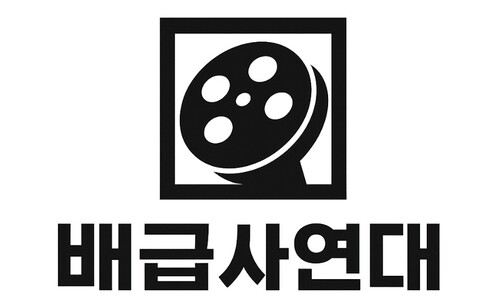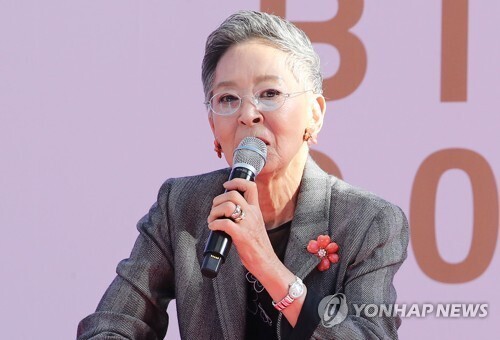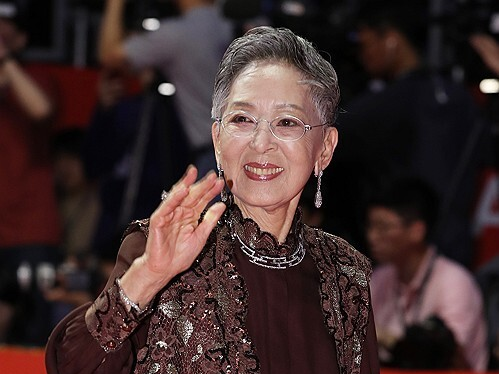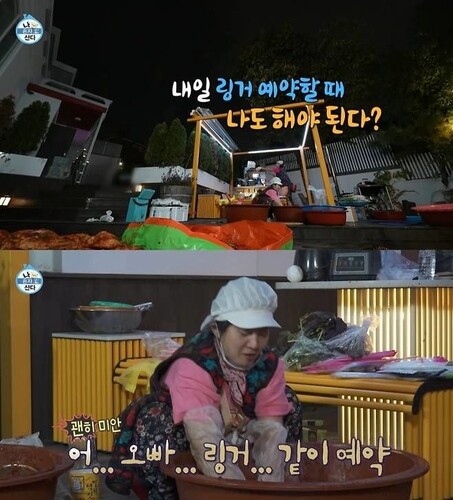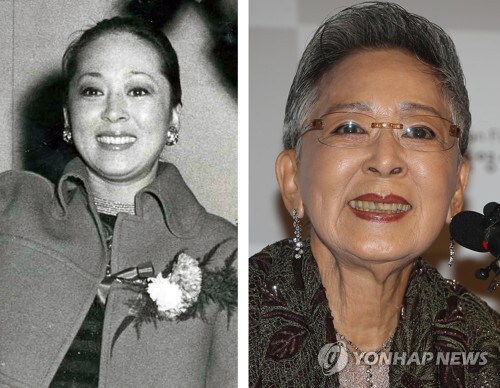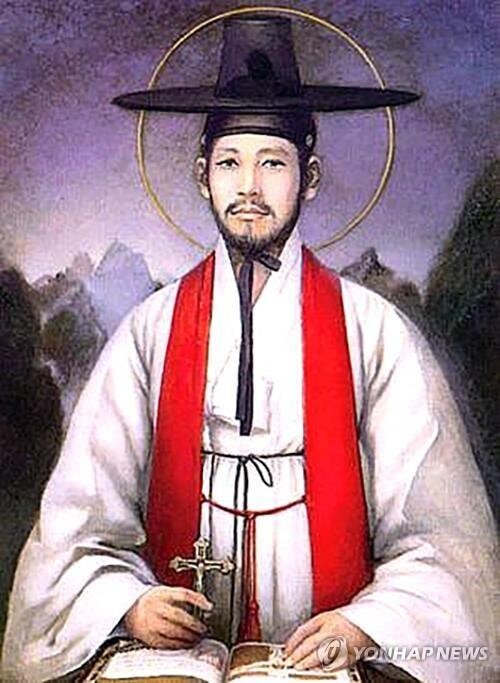 |
| ▲ This photo, provided by Dangjin City, shows Saint Kim Taegon. (PHOTO NOT FOR SALE) (Yonhap) |
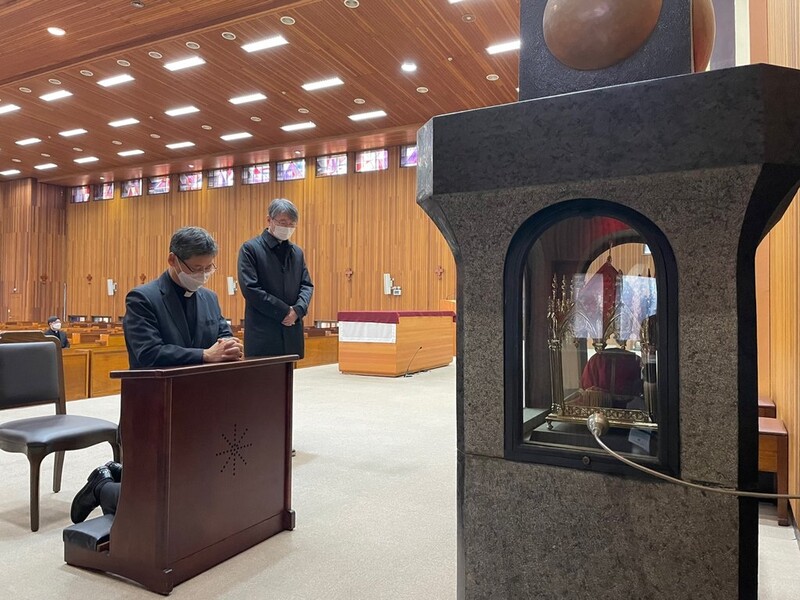 |
| ▲ This picture, provided by the Catholic Archdiocese of Seoul, shows the new Archbishop of Seoul, Chung Soon-Taik praying for the remains of Saint Kim Taegon on the 29th before officially beginning his role as an archbishop. According to the Catholic Archdiocese of Seoul, Archbishop Chung visited the church in the Catcholic University of Korea, located in Hyehwa-dong, Jongno-gu, Seoul to pray to the remains of Saint Kim Taegon. (PHOTO NOT FOR SALE) (Yonhap) |
SEOUL, March 29 (Yonhap) -- A post about selling the remains of the first Korean Catholic priest, Saint Andrew Kim Taegon was recently posted online, becoming controversial. However, it has been revealed that the Catholic Church in Korea could not figure out the exact status of the priest's remains.
On the 29th, according to the people in the Catholic society, the remains of Saint Kim Taegon, who was martyred at Saenamteo in Yongsan, Seoul in 1846, was moved to Mirinae, Anseong, Gyeonggi-do by its believers and then was placed under the altar of the Yongsan Seminary in 1901.
It is said that in 1925, when the ossuary was opened to investigate the remains for the beatification ceremony, the remains of the priest was distributed to many different churches.
The remains were taken to Miryang, Gyeongsangnam-do during the Korean War, and was moved to a minor seminary in Hyehwa-dong, Jongno-gu, Seoul after the armistice. In 1960, the remnants were enshrined in three different locations including, The Catholic University of Korea and Jeol Du San Martyrs' Shrine.
Consequently, the remains in the seminary were distributed to churches, holy lands, and organizations. Including individuals who own the remains, it is told the remains are divided to at least 200 different places.
It is said that individuals who received the remains are most likely descendants of the saints.
The main problem is that the Korean Catholic Church does not have a clear system or a list that shows where, if abroad, the remnants are, by whom the remnants are being preserved and managed by and even if they are being preserved at all.
It is known that the remains distributed to each dioceses and organizations are managed under the responsibility of the people like the diocesans.
As the first Korean priest to be known and respected by the people in and outside of Korea, the criticisms for being insufficient to regard priest Kim Taegon cannot be avoided.
The post regarding the sale of priest Kim Taegon's remains brought out many reactions within the Catholic community, mainly stating 'I'm surprised' or 'I feel sorry'. Yet, they have not been able to come up with a proper countermeasure.
Meanwhile, the post concerning the sale of the vertebrae of priest Kim was deleted. The authenticity of the remains, the process of acquisition has become difficult to know without the explanation of the seller or unless the investigative authorities looks into it.
In a phone call with Yonhap News Agency the day before, an official from the Korean Catholic Church, when asked about the status and the list of priest Kim's remains, answered, "I don't have anything. I do know that along with some saint's family, there are some parishes that have it."
The person said, "I don't know how the person (who posted the sale post) owned it, but leaving that behind, it is surely sad." Along with that, the person mentioned, "I think the countermeasures should be internally discussed."
In the Korean Catholic Church, selling of a saint's remains are strongly forbidden under the canon law. Using remains as a transaction object is illegal in terms of social law as well.
Canon Law stipulates that 'It is absolutely forbidden to sell sacred relics' (Can.1190). It is stated in the Congregation For The Causes Of Saints, Article 25, 'Extraction of Fragments and Creation of Relics: Commerce and the sale of relics, as well as their display in profane or unauthorized places, are absolutely prohibited."
A lawyer in Seoul said, " “The ownership of the remains belongs to the heir, and cannot be sold to anyone else." The lawyer added, "It is a Non-Transferable right."
(This article is translated from Korean to English by Haemin Kim.)
(END)
(C) Yonhap News Agency. All Rights Reserved








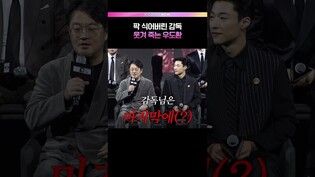




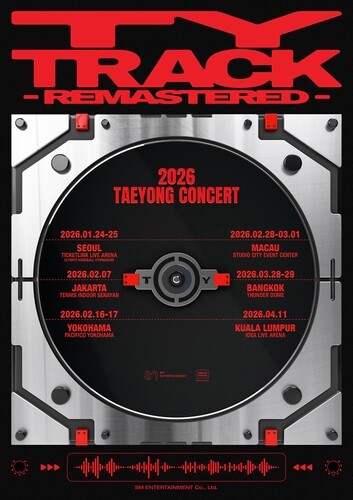

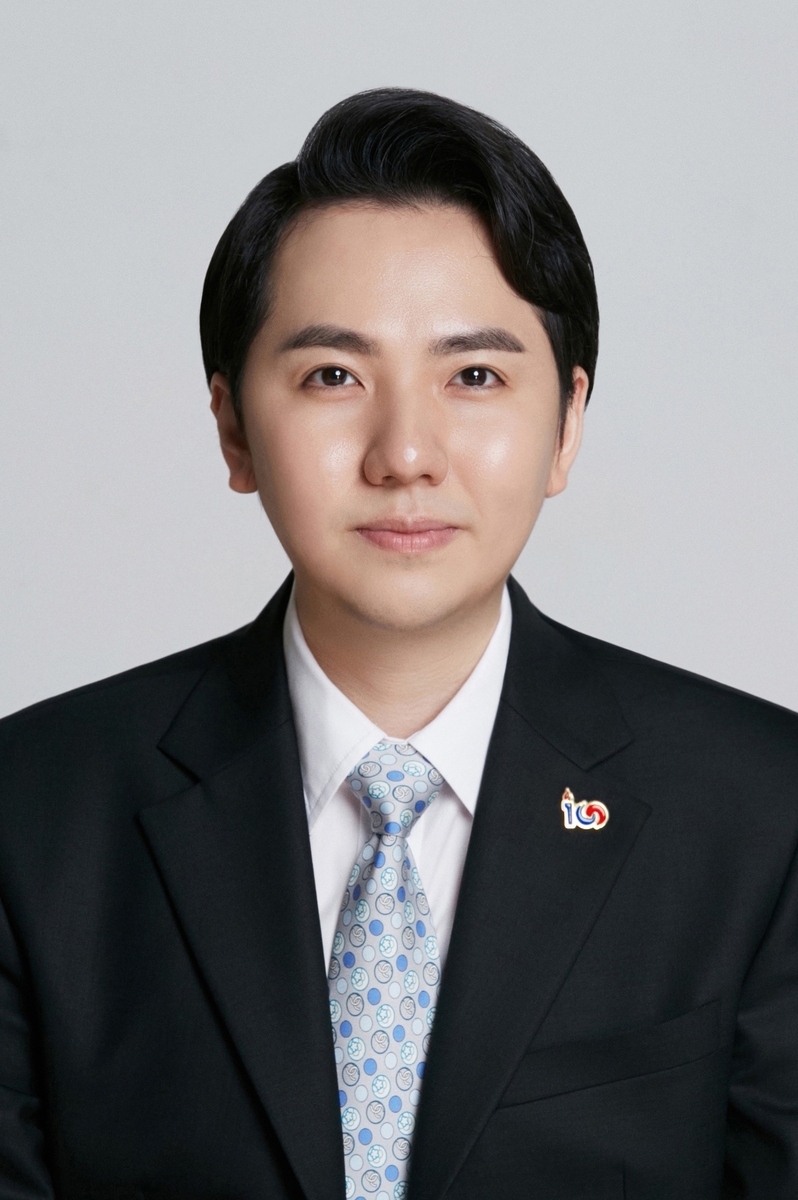
![[가요소식] 하츠투하츠 내년 3월 북미 쇼케이스 개최](https://korean-vibe.com/news/data/20251216/yna1065624915956235_448.jpg)
![[가요소식] 군 복무 마친 NCT 태용, 내달 단독 콘서트](https://korean-vibe.com/news/data/20251216/yna1065624915956223_957.jpg)
